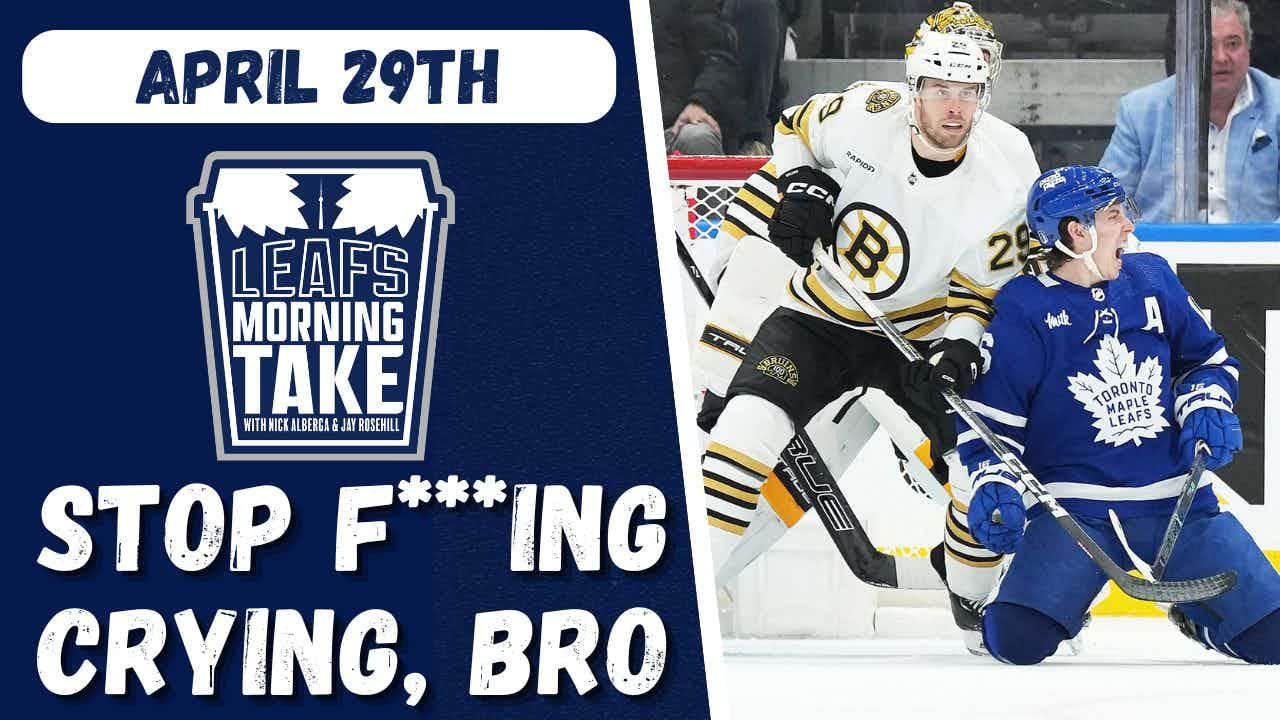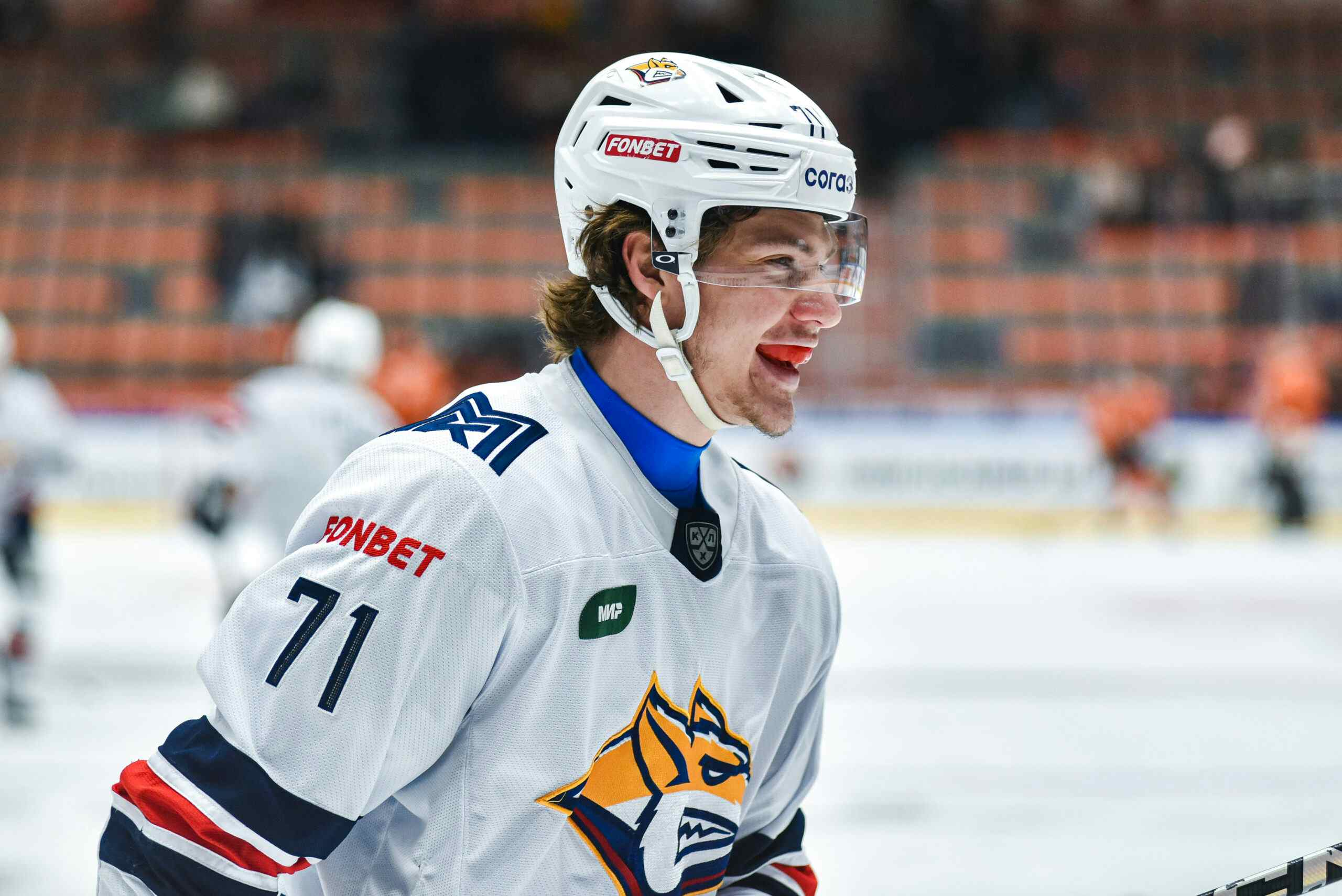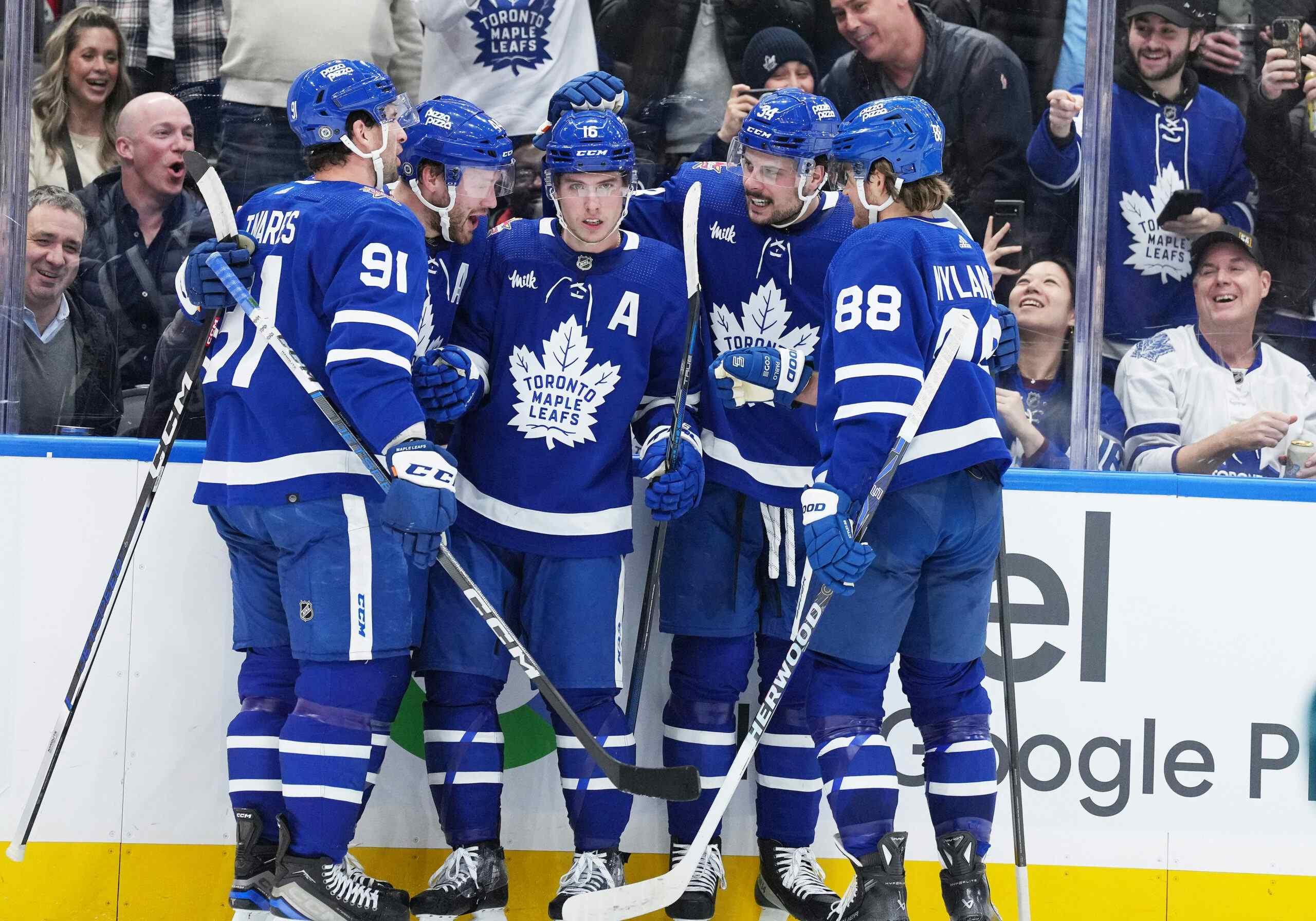Steven Stamkos and UFA Theory
After signing David Clarkson to a 7-year contract, Dave Nonis infamously told reporters, “I’m not worried about [years] six or seven.” Nonis has been widely criticised for the remark, which was ridiculous in the case of Clarkson, who wasn’t even worth what the Leafs were paying him in year one. And yet, because of the way the salary cap works, NHL general managers are frequently forced into decisions that involve trade-offs between up-front costs and longer-term sustainability. Nowhere are those trade-offs more apparent than when trying to sign (or re-sign) a top free agent.
Barring a last minute change with the Lightning, it looks like this summer’s top UFA is going to be Steven Stamkos. It’s widely believed that the Toronto Maple Leafs will be one of the teams bidding for Stamkos’s services, with TSN’s Bob McKenzie saying, “there’s no doubt in my mind the Toronto Maple Leafs are going to take a hard run at Steven Stamkos.” Some people would argue that every team in the league should want to sign Stamkos. I don’t believe it’s that simple, though. Whether it makes sense to sign a top free agent depends on a number of factors. Let’s take a closer look at what those are.
A GENERAL THEORY OF UFA
Having a salary cap distorts how players are paid. That is especially true of players at the top of the talent tree, which is easy to see by comparing the top paid players of today to the top paid players of the years just before the salary cap came into effect.
In 2003-04, the last season in which the NHL had no salary cap, Peter Forsberg had an $11 million salary. But last year there were no players in the league who had a cap hit that high, with Toews and Kane coming in at $10.5M. No one else was even over $10M. Top cap hits now are only just catching up to top salaries in 2004 even though league revenue has more than double the revenue. (Cap hits aren’t quite the same as salaries, but I think it’s the relevant comparison here because individual season salaries fluctuate based on a number of factors, and cap hit more accurately captures what a team thinks a player is worth.)
Before the salary cap existed, teams could sign players at whatever value they were perceived to be worth in any given season. But because the salary cap significantly drives down the amount of money top players are able to earn, teams that want to try to approximate a fair value for top players have to divide the money up a bit differently. Typically this means that a player is underpaid in the early years of a contract but overpaid in the latter years.
The reason this happens is that there’s just no way to pay a top player what they’re worth under the current system. Obviously, you can’t pay the equivalent to Peter Forsberg (say, Sidney Crosby) $22M per season. Aside from the fact that it’s literally not allowed because of the limit on individual player cap hits in the CBA, you’d also never want to do it because you’d have too few dollars left under the salary cap to build a competitive team.
So what teams have to do is offer extra years in order to keep the cap hit to a more manageable level. Let’s look at one recent contract, Anze Kopitar, as an example. Kopitar’s cap hit is $10M per season for each of the next 8 seasons. Kopitar finished 12th in the NHL in scoring last season and is one of the game’s most dominant 2-way centres. His value in an uncapped league next season would be considerably above $10M. But for the previously mentioned reasons, LA can’t actually pay him his true value. Kopitar will be 36 at the start of the final year of his contract. At 36 years old, it’s very unlikely that Kopitar will provide $10M of on-ice value. So what the Kings have done is made a trade-off: in exchange for Kopitar agreeing to take below market value at the beginning of the contract, the Kings have agreed to pay him above market value later on, so that on the whole the value roughly evens out (at least in theory).
Understanding the nature of long-term contracts for players like Kopitar, you can then try to figure out whether it makes sense for a specific team to offer the kind of contract Kopitar has. There’s really only one question to ask, and it’s this:
Will my team be a Stanley Cup contender before the salary cap hit exceeds the player’s actual value?
For the Kings with Kopitar, the answer is obviously “Yes”. The Kings are as close to winning a Cup (again) as they’re likely to be for a while, and Kopitar’s value clearly exceeds his contract right now. But for other teams, the Kopitar contract would not be sensible. And that gets us back to Stamkos.
STAMKOS STAMKOS STAMKOS
Any team that is thinking about signing Steven Stamkos should go through the thought process I’ve outlined above. That requires answering a few questions:
- How close is this team to being a serious contender for the Stanley Cup?
- How much will it cost to sign Stamkos in terms of his annual average value (AAV)?
- When do we expect Stamkos’s value on the ice to fall below that AAV?
#1 is obviously different for every team. For the Leafs, I think the answer, realistically, is 3-4 years, though it’s possible that if everything goes right it’ll be a bit quicker (especially with Stamkos).
#2 is impossible to answer. It’s been reported that Tampa Bay made an offer to Stamkos with an AAV of $8.5M per season. We can guess that he’s probably going to get higher than that. I’ve heard through the grapevine that he wants pretty significantly more than that, but at any rate, there’s no way I can realistically answer the question at the moment.
#3 depends largely on #2, but we can at least speak in general terms. Stamkos turned 26 earlier this year. Peak scoring age for an average NHLer is about 23-26, with a slow drop-off over the next couple of seasons, followed by a much steeper decline in a player’s 30s. If we consider Stamkos one of the top offensive players in the game today, it’s probably a reasonably safe guess that he’ll continue to be a good 1st liner for at least another 3-4 seasons.
There are a couple of complications to consider with Stamkos, though. The first is that goal scoring rates typically fall off more sharply than assist rates.

That doesn’t necessarily bode well for Stamkos. While he’s 2nd in the NHL in goals per game over the past three seasons (behind Ovechkin), he’s all the way down in 63rd in assists per game. 63rd isn’t bad at all (it’s still well in the range of a 1st liner), but it is worth noting that Stamkos’s scoring is driven primarily by goal-scoring, and that skill typically doesn’t age as well.
But there’s something working in Stamkos’s favour, too. Most of the drop-off in scoring rates comes at even strength. Scoring on the powerplay actually holds up quite well as players age, with a far less noticeable curve.

Over the past 3 seasons Stamkos is 7th in the NHL in 5v4 goals per 60 minutes (minimum 500 minutes TOI), so he can reasonably be expected to continue to score goals at a high rate on the powerplay for several more seasons.
There are a lot of potential factors to take into account when deciding to offer a contract to someone like Stamkos. I don’t think it’s nearly as simple as “He’s great! Sign him!” Any team looking at Stamkos should spend some time to figure out the particular point at which they think he’s no longer going to be providing as much value on the ice as the AAV he’s earning. If a team thinks it can compete for a Stanley Cup in the next few seasons, signing Stamkos seems like a great bet. But for a rebuilding team that thinks they might be further out, it’s not as clear a decision. It would do no good to sign a top free agent, only to have their cap hit start impeding your ability to win at precisely the moment when you need the cap space most.
Recent articles from Drag Like Pull





